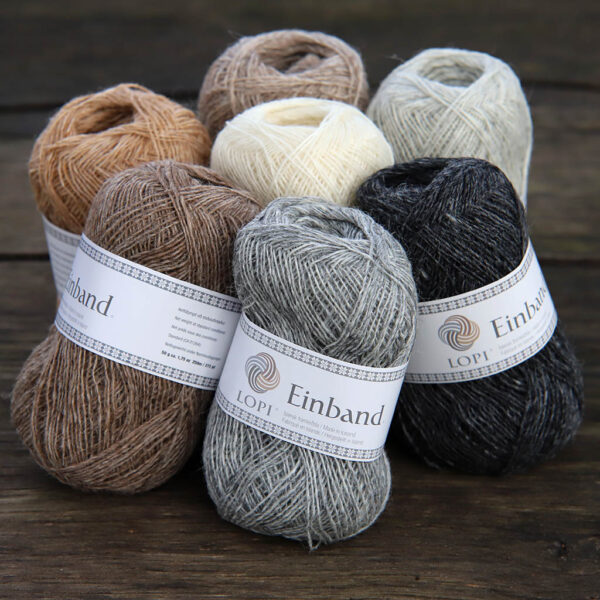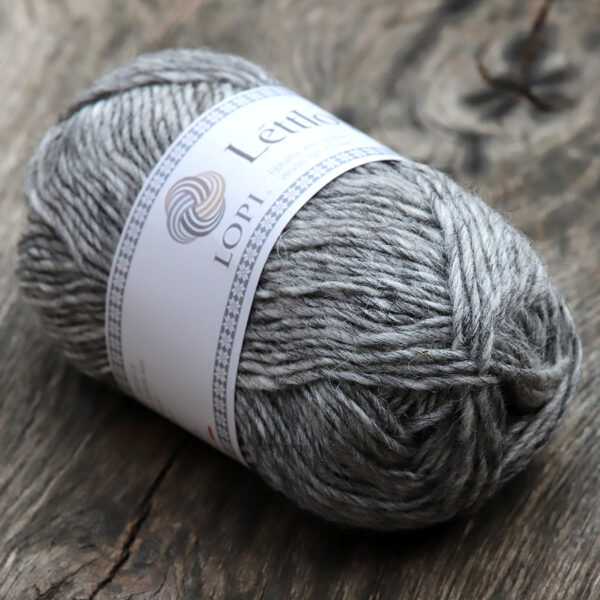Icelandic Wool
The Icelandic sheep are direct descendants of the sheep brought here by the settlers in the 9th century. Sheep have been the key to the nation’s survival, providing generations of Icelanders not only with food but also with wool as protection from the biting cold of the harsh northern climate. Without sheep, Iceland would have been uninhabitable.
As a breed, the Iceland Sheep is unique – its purity has been protected by centuries of isolation and a total absence of contact with others. Like their ancient forefathers, the Icelandic sheep have fleeces that are divided into two layers. This is an integral part of what makes Icelandic wool so special. The long and coarse hair of the upper layer are called tog. It works in a similar way to an overcoat and repels water. The lower layer is called þel. The Þel hairs are shorter, softer and fluffier, making them perfect for insulation.
Another striking characteristic of the Iceland Sheep is its natural colours: black, grey and brown as well as the usual white. Together, these create the distinctive look of Icelandic knitwear, one of the best-known examples of which is the Lopi sweater.
Textile production techniques may have changed dramatically since the days of the early Viking settlers, but the commitment of Icelanders to quality and tradition has not. Icelandic wool is a natural product created on environmentally friendly principles. Only natural energy sources such as geo-thermal and hydroelectric power are used in production of Icelandic wool, while the sheep from which the wool is harvested still graze freely in summer, as they have always done, on vast tracts of virgin land. The use of chemicals and detergents is kept to an absolute minimum to ensure that natural oils are preserved, leaving the wool as warm, light and water-resistant as nature herself made it.




